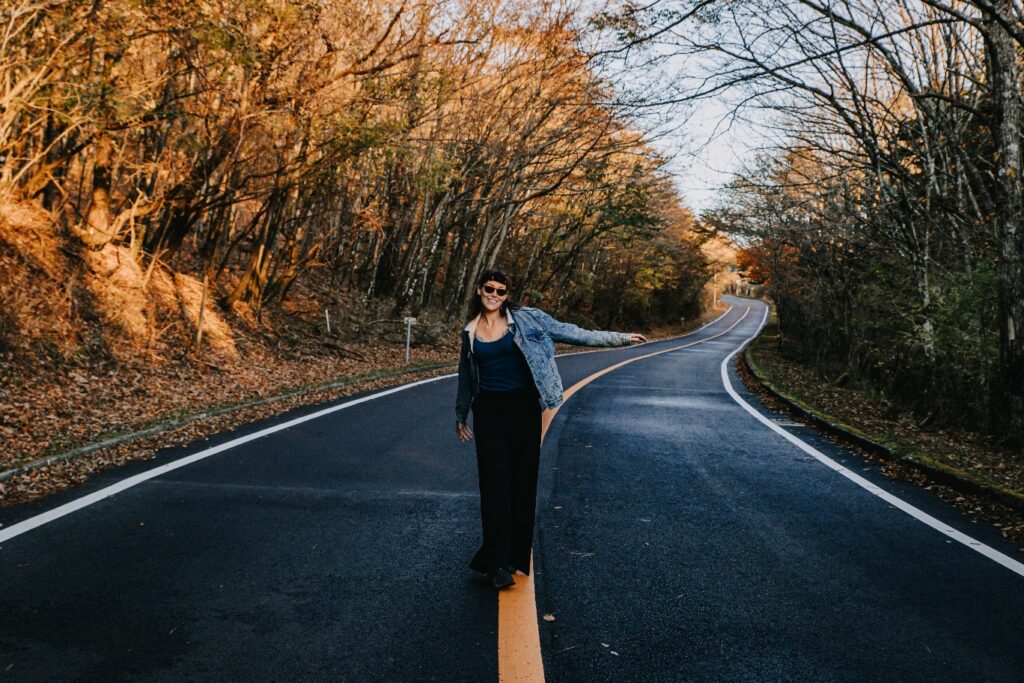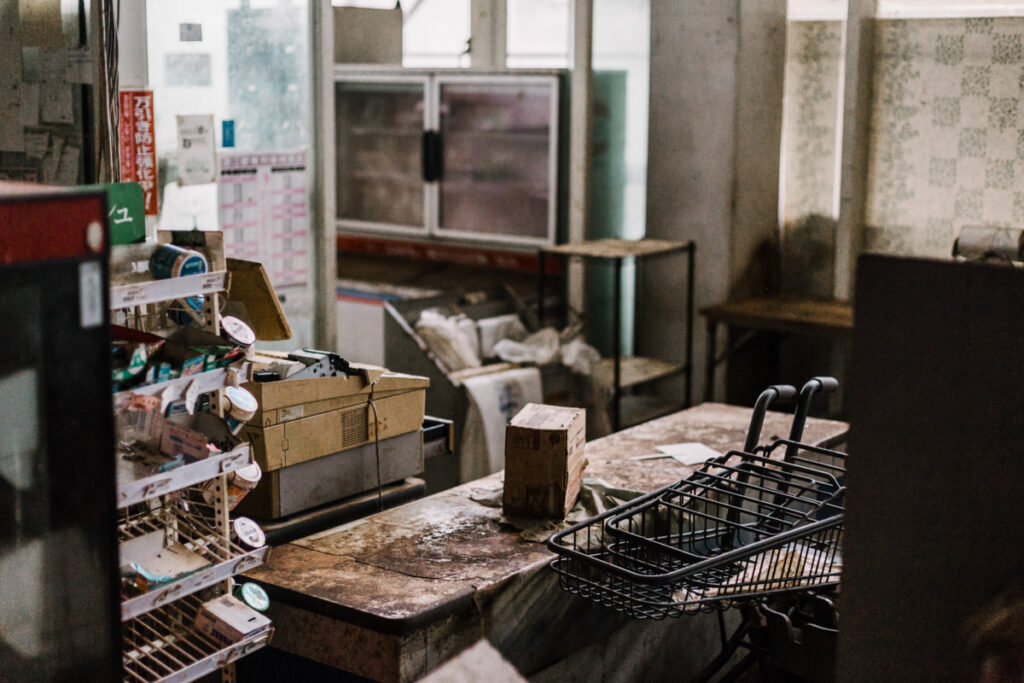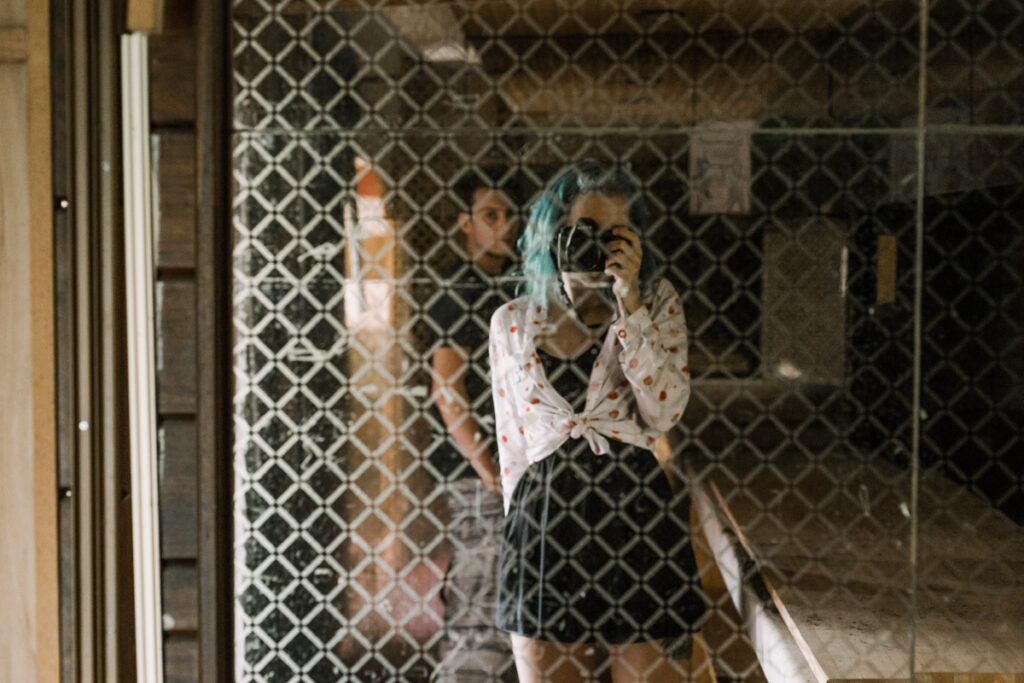Whereas the housing market in the Netherlands is so tight that massive housing protests are occurring, the Utrecht photographer Maan Limburg discovered a completely different world while travelling in Japan. Japan Fans emailed with her about her photography, her fascination for “mono no aware” and of course her love for Japan.
Check out this virtual exhibition for more of Maan’s work “The Lost World”.

“Photography is wonderful, it is a fast and almost limitless medium – and a “reason” to go to many different places and meet many different people. I enjoy the connection you can make with people and how easily you can show what’s on your mind. It is a way of sharing experiences. I’m quite addicted to it, ever since I cautiously started photographing in 2012. Since 2014 I’ve been doing it as a job – and I think I’ve been working especially hard on perfecting my exposures and developing my own style, a signature.So when you look at my images, your mind recognises them as “Maan style”.
As for dreams, I would like to make more time for my own projects. The Lost World is a good step in that direction and a fantastic project; I now have the time to really read up on it, research it and work a bit more quietly, reflectively than I usually do. I think it will be great when my book is published and people who don’t know me pick it up and I can take them with me on the adventures I had in Japan. I’m working on the crowdfunding for it now and that’s already incredibly special; every time people I don’t know pre-order a book I do a little dance of joy.

Japan Fan Maan
Originally I was interested in the outrageous fashion of Tokyo – through the magazine fruits – after which I started to immerse myself in the culture and soon fell in love with the country. And once you have a focus on a country you start to find more and more interesting; art, kimonos, food etc. etc. My first visits were quite city-oriented and the biggest change for me was to travel more in the countryside. People are so incredibly welcoming and friendly in the quieter areas, and the nature is fantastic. I would probably always rent a car now if we were to go that way again, just because I found the quiet areas so special. The empty buildings are certainly part of it, although you have those in many countries outside the Netherlands.
The image of Japan as a hypermodern country vanished after my first few trips there, but I think it is an important one to mention in combination with the empty buildings. It’s all very well organised, but it’s also a mess. I like those kinds of contrasts.
The deserted places in Japan are abundant; we travelled around in a van and in the countryside there is a lot of empty space due to the ageing population and young people moving to the cities. We were not looking for it, but we came across it time and time again and always checked whether we could enter it to take pictures. In doing so, we really kept to the “Urbex” photography rule: “Take nothing but photos, leave nothing but footprints”. So that those after you can discover, experience, see the same. That also means (to me) that you never break into a building. We did once climb into an office through an open window. But usually the door was open. Sometimes there was no door at all, haha.

Mono no aware
I think I noticed the places so much because I came from the Netherlands, where we have a chronic housing shortage. But the fascination, the urge to record it all comes from something else, I think. I am a bit nostalgic, and these places breathe stories, are a window to a lost world, make you think and are often beautiful and always impressive when you stand there. The house of an old man, with all his favourite things still in the same place after all these years – it appeals to me. A theatre that is deserted, where the benches still stand and everything just seems to be waiting for the audience. It intrigues me. It gets more intriguing when you consider the Shinto belief that everything can have a soul.. The images hopefully show the stories and feelings of the places. Often beautiful, sometimes funny, sometimes so sad. A reflection on real life.
All the places were magical, but one of the first places we looked around was a hotel/theatre without a front door and that place is really still etched in my memory. The hotel area was completely empty, room after room, except for the crooked hanging lamps. The theatre section, on the other hand, seemed to be waiting for the next performance, but was covered in a very thick layer of dust. Decor, lamps, curtains, everything was intact. There was still a dustpan and brush on the reception desk, but apart from that, everything was completely broken and dirty. The contrast, the grandeur, I didn’t know it was possible. And next to the building was a temple, which was so overgrown and dark that I didn’t dare go past the Tori because it didn’t feel like people were welcome there. Maybe I’m a bit superstitious after all, haha.

The Lost World
Speaking purely about this series of images: Shooting The Lost World was spontaneous, the whole series is rather documentary.. I am guided by what I find in a building and do not edit the image (except for colour correction). I don’t bring any lights, no assistant, but shoot freely with the light available. It’s mainly about really seeing the place; what is the story there, where do you find that story, what emotions does it make you feel? I am mostly interested in the details, they tell you more about the past of a building. Like an old iron kettle in an abandoned temple, cracks in a concrete floor, an abandoned tiger under a sheet. I don’t shoot many grand overview photos, which is the standard in the urbex genre, because I don’t care about the building. I am interested in the human element, and the lack thereof.”
